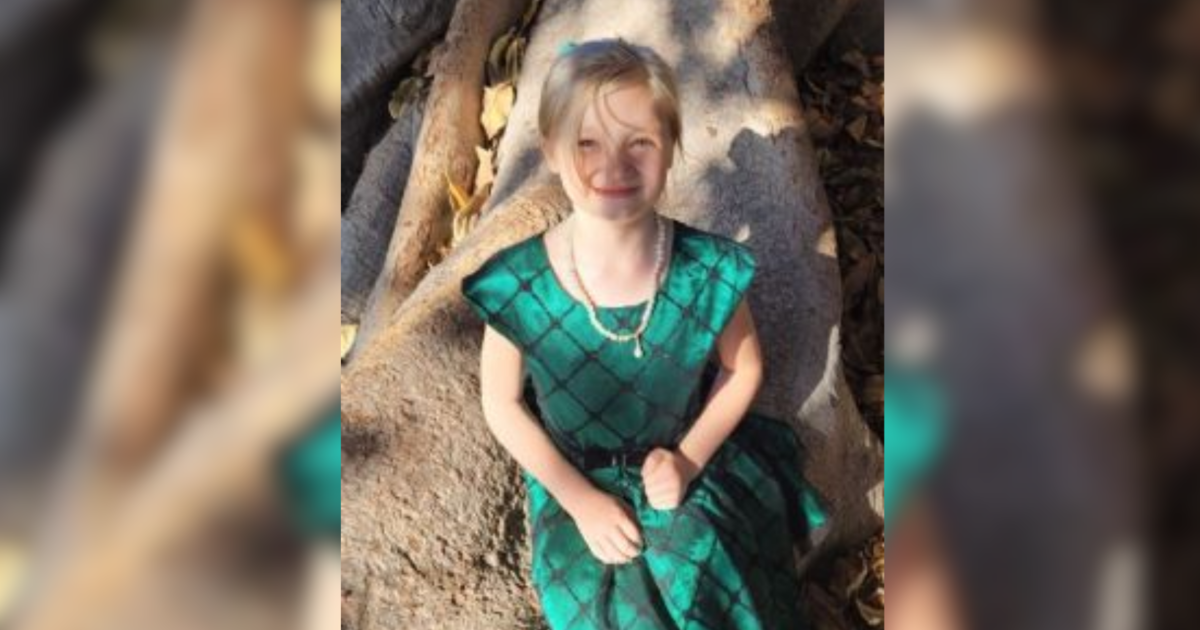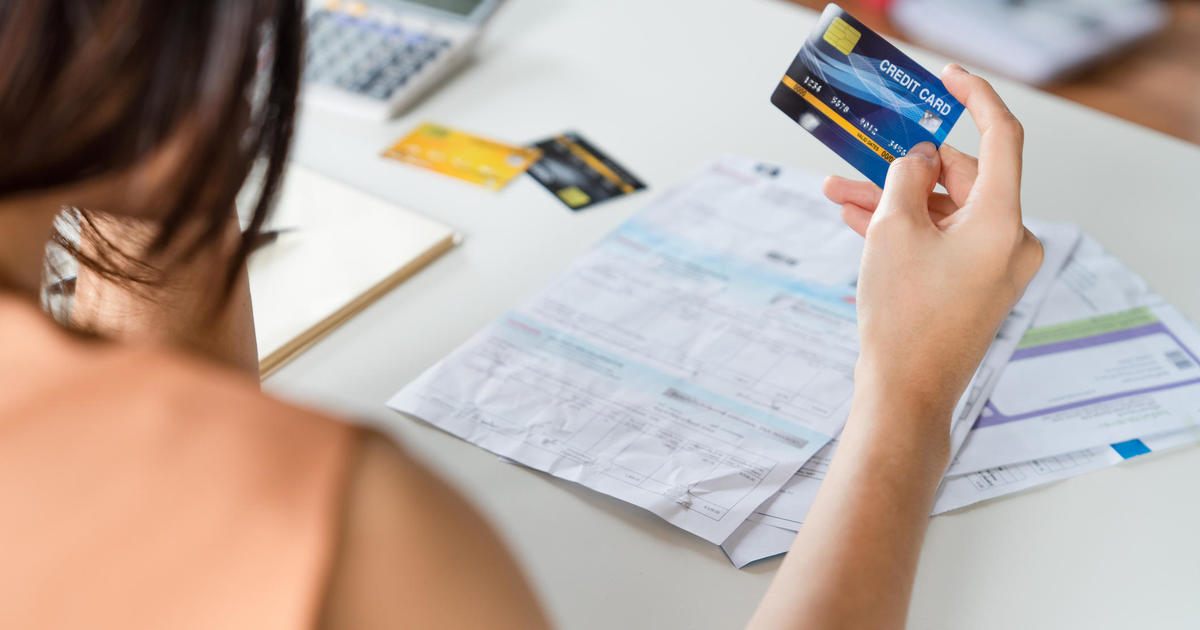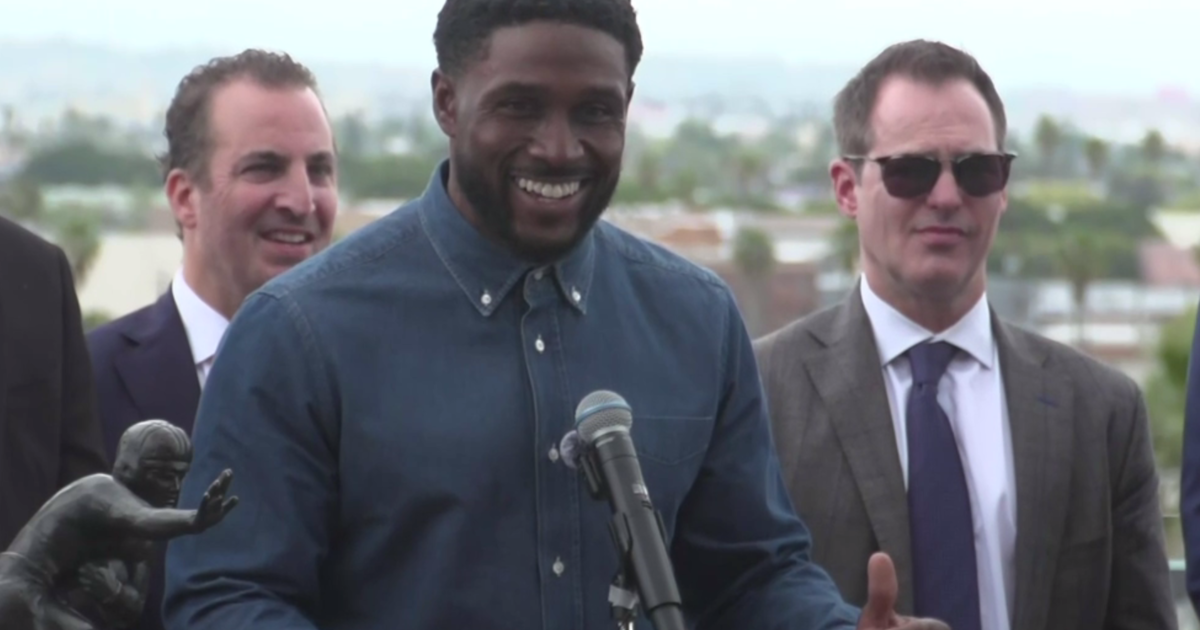Forgery forensics: How the Smithsonian helped identify two stolen Columbus letters
When U.S. authorities needed help examining suspected stolen copies of Christopher Columbus's letters, they turned to the Smithsonian's Museum Conservation Institute in Maryland. Digital imaging specialist Keats Webb and Smithsonian Institution Archives paper conservator Nora Lockshin used non-invasive digital imaging technology to take different raking light views of the 500-year-old documents.
"The Smithsonian is able to identify, have chemical agents been used to bleach the library stamps? Have the typed characters on the letters been altered in any way? Are the paper fibers disturbed? All of which is very important evidence for us in our investigation," Assistant U.S. Attorney Jamie McCall tells 60 Minutes Overtime.
The Smithsonian's forensic examination of the letters told a deeper story about them. "It can reveal some things that may not be visible to the naked eye, but it can also enhance some things that may be harder to see," Keats explains. A key discovery was evidence that a chemical bleaching agent had been used to remove original library stamps from two of the letters.
The Smithsonian team's investigation verified the documents were authentic Columbus letters, but the letters had been altered. As paper expert Lockshin explains, someone was trying to "give new history to an old book."
The video above was originally published on October 20, 2019 and was produced by Katherine Davis, Stephanie Palewski Brumbach and Jennifer Marz. It was edited by Stephanie Palewski Brumbach.



